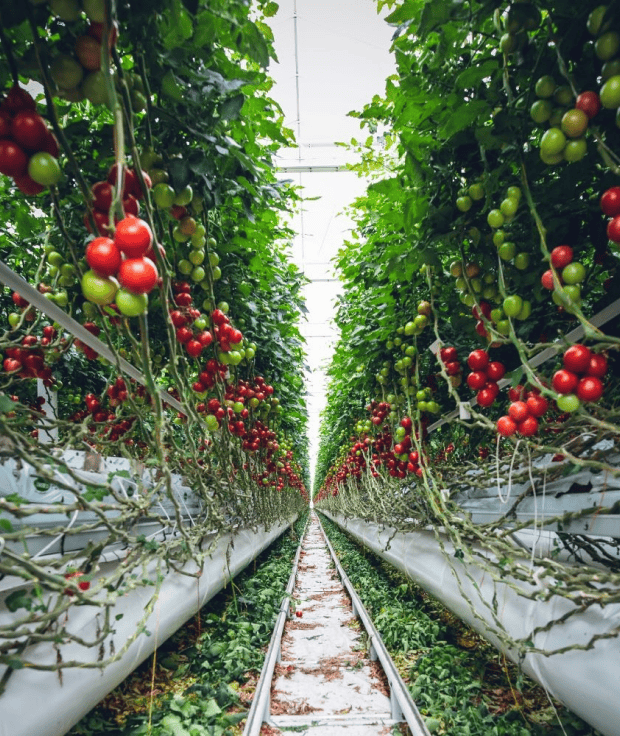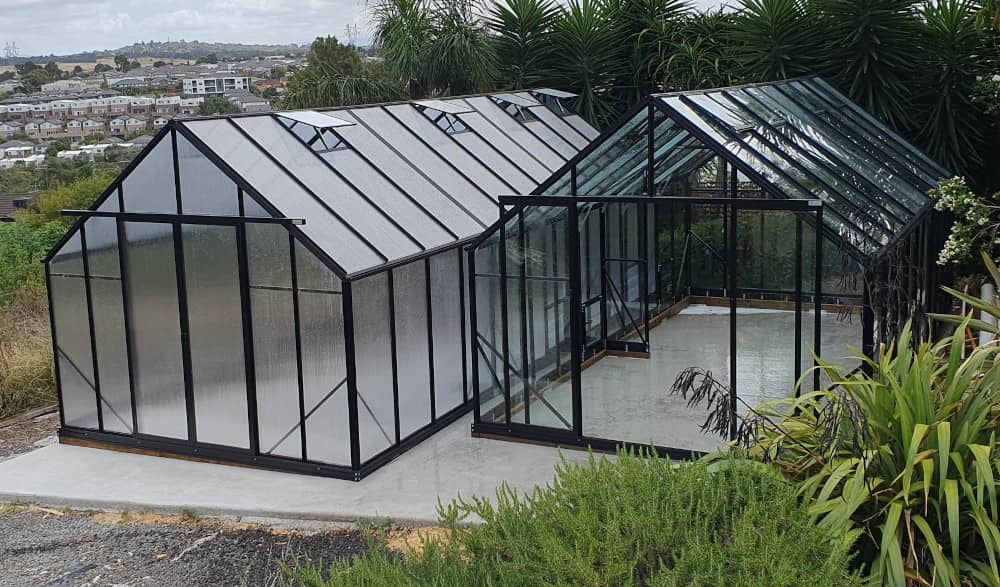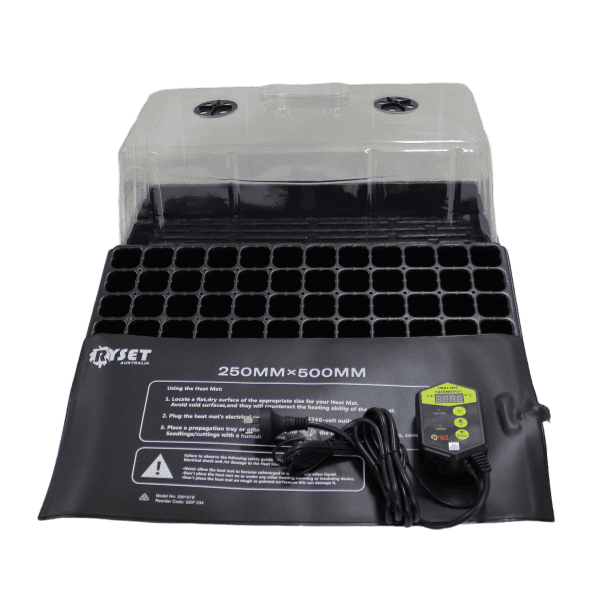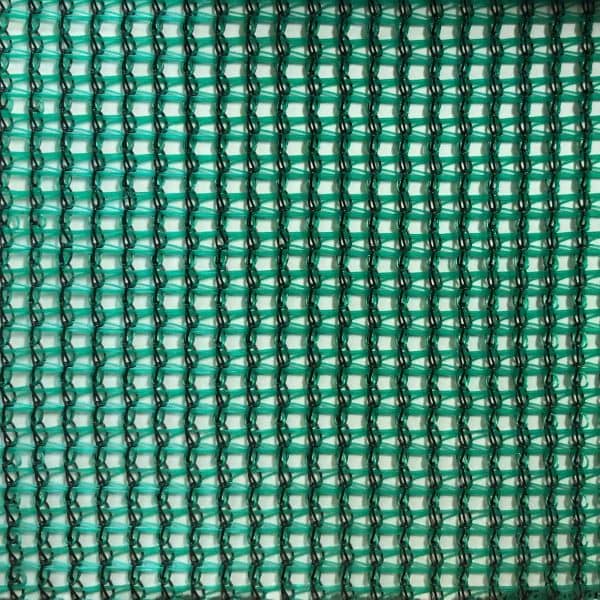We all know a greenhouse comes with a great investment not only in building cost but also running and maintenance. One of the most common questions that gets asked is how to boost the production & efficiency in a greenhouse.
The answer lies in attention to detail and preparing in advance.
The production and efficiency of a greenhouse is impacted by various factors like space, light, and temperature management of a greenhouse. Growing seedlings and plants for the optimum outcome is also very important when we talk about boosting the efficiency of a greenhouse.
 Greenhouses provide a controlled environment for growing plants, offering numerous advantages. To maximise the potential of a greenhouse to achieve optimal production and efficiency, certain strategies and practices can be implemented. Here are some of the key elements you should consider in order to boost production in your greenhouse.
Greenhouses provide a controlled environment for growing plants, offering numerous advantages. To maximise the potential of a greenhouse to achieve optimal production and efficiency, certain strategies and practices can be implemented. Here are some of the key elements you should consider in order to boost production in your greenhouse.
If you would like product, installation pricing or general information then please feel free to contact Sage Horticultural.
Optimise light levels
In order for plants to grow well we need to ensure there is an appropriate level of light for photosynthesis to occur.
 You can control the lights in a greenhouse by considering the following:
You can control the lights in a greenhouse by considering the following:
- Cleaning: Regularly clean the greenhouse glazing to allow maximum light penetration, whether it’s glass greenhouse, polycarbonate, or a polytunnel. Dust, dirt, and debris can accumulate on the surface, reducing light transmission. Clean the glazing inside and out to allow maximum light penetration. The polytunnel greenhouse plastic also requires cleaning for the light to pass properly.
- Artificial light: Consider installing supplemental lighting systems for periods of low natural light, such as during winter months or cloudy days.
- Shade cloth: On the other hand when the sun is too strong then you may need shade cloth to lower the impact. In regions with intense sunlight or during hot summer days, excessive light and heat can be detrimental to plant health. Install shade cloths or blinds that can be easily adjusted to control the amount of sunlight entering the greenhouse. This helps prevent sunburn and reduces the risk of heat stress for your plants.
- Positioning and orientation: Properly position your greenhouse to maximise exposure to sunlight. Consider the path of the sun throughout the day and throughout the year when deciding on the greenhouse’s installation. Consider seeking an expert opinion based on your local geographics.
- Regularly assess and adjust: Continuously monitor the light levels and assess the plant response. Adjust the positioning of plants or the use of shading devices as needed to ensure an optimal balance of light exposure.
Maintain ideal temperature and humidity
Maintaining the right temperature and humidity levels within the greenhouse is vital for plant growth. Invest in a reliable ventilation system to regulate temperatures and prevent excessive humidity.
 Protect plants during winter
Protect plants during winter
It is important to keep plants warm during winter when the temperature is very low. Right from growing seeds during winter to fully flourishing plants, we should do the right thing to keep plants warm. Here are a few things you can consider to protect plants:
- Heater: Use an artificial heater with a thermostat to increase the temperature inside the greenhouse when there are no other options available.
- Frost cloth: Frost protection cloth acts as a barrier that prevents frost from settling on the surface or crop/plants beneath.
- Heated propagation mat & tray: Use a heated propagation mat & tray to grow seeds and give a good start to plants.
Protect against high heat
Protecting plants against high heat is equally important. If not actioned in time, plants can die from excess temperature.
You can use shade cloth to minimise the impact of sunlight.
 When the weather forecast is hot then you need to pay attention to how much water the plants require.
When the weather forecast is hot then you need to pay attention to how much water the plants require.
Implement efficient irrigation systems
Efficient watering is crucial to prevent overwatering or underwatering plants. Install a drip irrigation system or automated watering system to deliver precise amounts of water directly to the plants root zone, minimising water waste and optimising plant health.
Use high-quality growing medium
Choose a high-quality growing medium tailored to your plant’s needs. Consider factors such as water retention, aeration, and nutrient content when selecting the ideal growing medium for your greenhouse.
Consider crop rotation
Rotating crops within the greenhouse helps prevent the buildup of pests and diseases while optimising nutrient availability. By rotating crops, you break the life cycle of pests and diseases, reduce the risk of nutrient depletion, and promote overall plant health.
Pest control
Implementing biological pest control methods, such as introducing beneficial insects or using biological pesticides, can effectively manage pest populations without relying heavily on chemical pesticides. This approach minimises the impact on the environment while ensuring a healthy and pest-free greenhouse.
Implement vertical growing systems
Maximise space utilisation in the greenhouse by implementing vertical growing systems. Vertical systems, such as trellises, vertical racks, or hanging baskets, allow plants to grow vertically, optimising space and increasing overall production.
Regularly prune and train plants
Pruning and training plants promote better airflow, light penetration, and overall plant health. Regularly remove dead or damaged foliage, train vines or climbers to grow in desired directions, and ensure proper plant spacing for optimal growth and access to resources.
Use space well
Using the space well is one of the most crucial elements in boosting greenhouse production. When planning the layout of your greenhouse ensure that every available space is utilised while still leaving enough room to maintain and manage your plants. Consider using greenhouse shelving, hanging baskets and trellis’s.
Make sure you have the right greenhouse shelving to place your plants properly and use the space at its highest capacity to boost production.
Use technology & automation
Take advantage of greenhouse automation technology to streamline operations and improve efficiency. Automated systems for temperature control, irrigation, and nutrient delivery can help reduce labour costs, save time, and ensure precise management of environmental conditions.